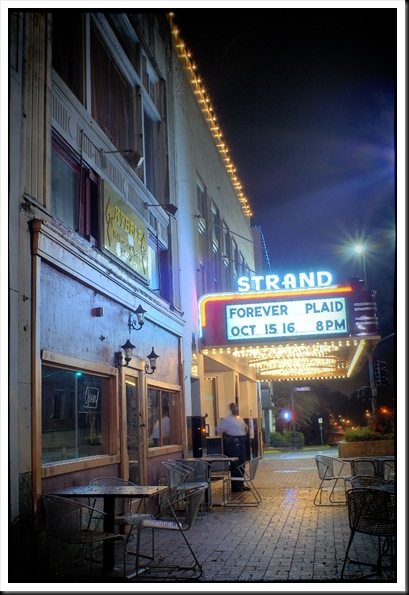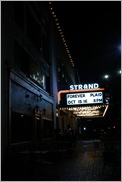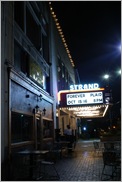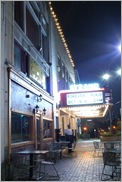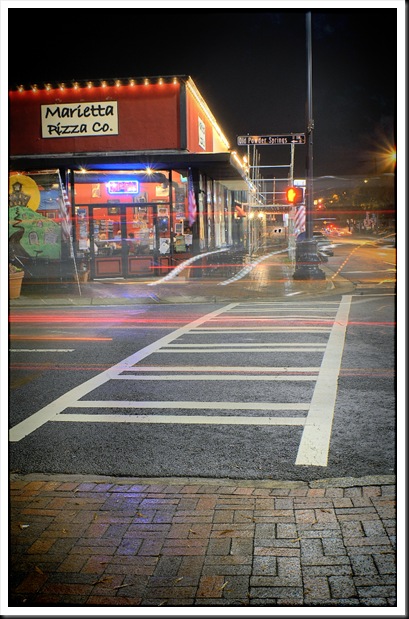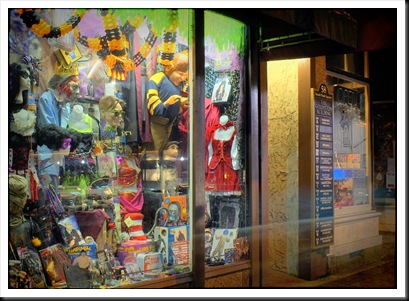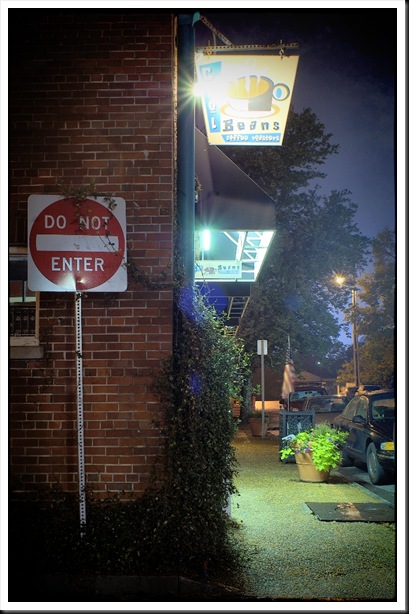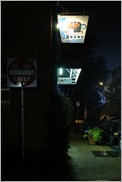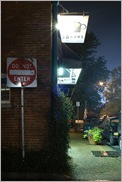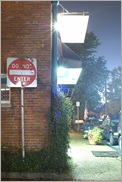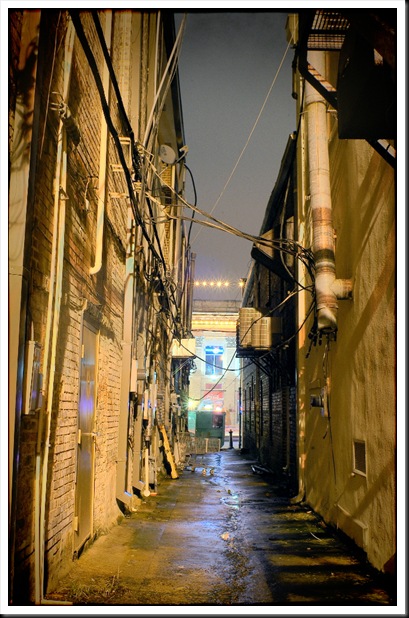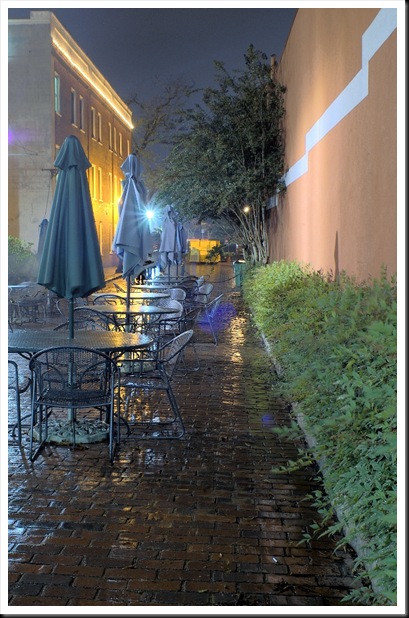I recently loaded two rolls of cheapo (and expired by over three years) Fuji 100 film into two of my Russian cameras. One roll went into the Horizon 202 (the Widelux clone) and one went into the Zenit 122.
 The old train car behind the Square. Shot with the Zenit and the Helios 44-2.
The old train car behind the Square. Shot with the Zenit and the Helios 44-2.
Helios and Industar:
On the Zenit, I used the legendary Helios 44-2 lens for some of the images and the diminutive Industar 50-2 lens for the rest. Both have rare earth glass and are mildly radioactive. (The Russians had a strange numbering system for their lenses since the Helios was not a 44mm f/2 and the Industar was not a 50mm f/2.)
The Photos:
The photos here were shot over a period of about two weeks, and the film was developed in my kitchen on 10-27-09. I scanned the film on an Epson 4490 film scanner. These were all shot on film!
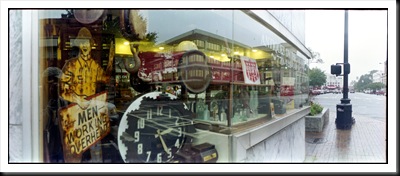 Antique shop on the Square. Lots of “guy” stuff in there.
Antique shop on the Square. Lots of “guy” stuff in there.
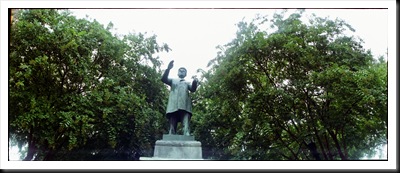 The statue of Alexander Clay is always a willing and unwavering model for my camera and film testing.
The statue of Alexander Clay is always a willing and unwavering model for my camera and film testing.
Expired Film…Expired Chemistry…
In keeping with the Russian theme of git-er-done with watcha got, my C41 color film developing chemicals reached two years old this month. According to the documentation, the chemistry should have been good for about three months or six rolls of film: whichever came first. At $14 for the entire kit of chemicals, it was a bargain since Wolf Camera was charging $4 per roll to develop just negatives. Now, two years later and about twenty-four rolls of film successfully developed, I have really gotten my money’s worth! And the chemistry doesn’t seem to be diminishing that much.
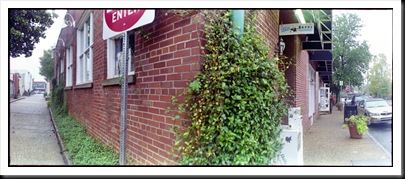 Cool Beans.
Cool Beans.
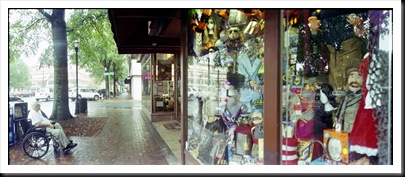 Eddie’s Trick Shop.
Eddie’s Trick Shop.
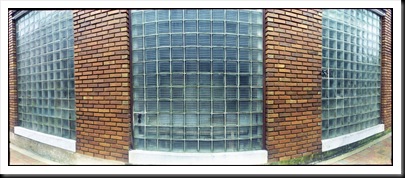 In an alley by the Square. This is a straight wall, but it is distorted by the swing-lens of the Horizon 202.
In an alley by the Square. This is a straight wall, but it is distorted by the swing-lens of the Horizon 202.
 A seafood restaurant on Canton Road. Looks like the Dolphins are jumping into the wires that look like nets.
A seafood restaurant on Canton Road. Looks like the Dolphins are jumping into the wires that look like nets.
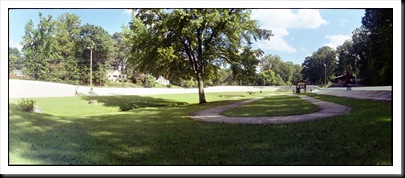 An early autumn afternoon at Dick Lane Velodrome, East Point, Atlanta, Georgia.
An early autumn afternoon at Dick Lane Velodrome, East Point, Atlanta, Georgia.
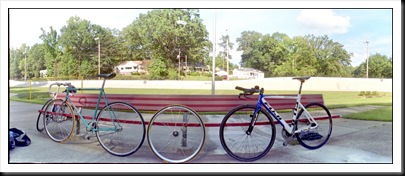 One speed. No brakes. A workout at the velodrome with my friends.
One speed. No brakes. A workout at the velodrome with my friends.
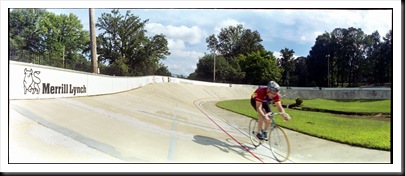 My friend, Todd Kaminski, shot this photo of me at the velodrome using my Horizon 202 camera. Of course, we all agreed not to run over him while he sat in the middle of the track on the back straight.
My friend, Todd Kaminski, shot this photo of me at the velodrome using my Horizon 202 camera. Of course, we all agreed not to run over him while he sat in the middle of the track on the back straight.
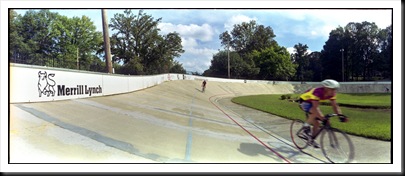
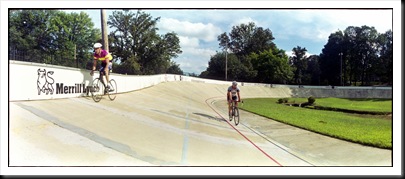
You can see that even the straightaways are angled at 10 degrees. The curves are banked at about 40 degrees.
The Zenit 122 Russian Plastic SLR:
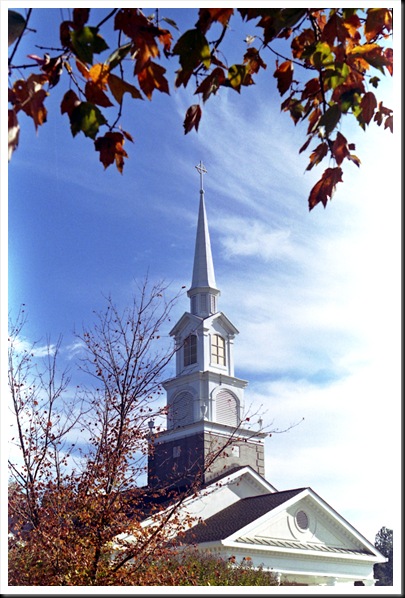
My church, Eastminster Presbyterian, shot on film with the Zenit 122. Last Sunday, I shot some digital images for the church’s website. It was Reformation Sunday, and it was celebrated by the Kirkin’ O’the Tartans. I wish I had shot film of that instead of digital.
http://s158.photobucket.com/albums/t96/pmorrissey1/Kirkin%20O%20the%20Tartans/
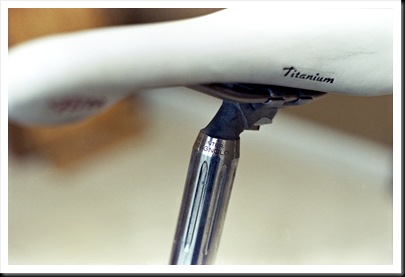 My Gios Torino Super Record. Shot with the Zenit and the Industar 50-2.
My Gios Torino Super Record. Shot with the Zenit and the Industar 50-2.
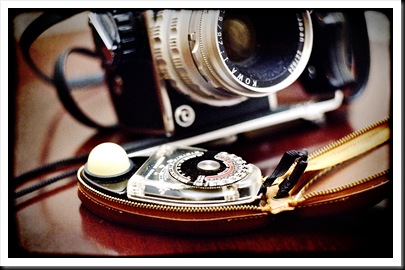
Shot with the Zenit and the Helios. I used an old Vivitar flash pointed at the ceiling.
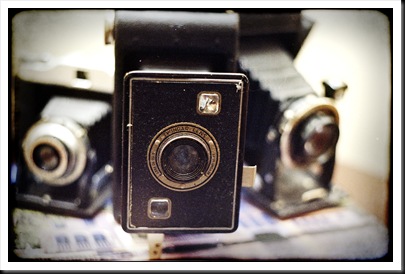
Shot with the Zenit and the Helios lens with an old Vivitar flash pointed at the ceiling. My uncle Harold gave me this old Kodak folding camera.
Thoughts…
In many ways, film is superior to digital. I seem to have adopted what they call a “Figital” workflow. Shooting film and then scanning it into digital. In many ways, there’s a quality that can’t be achieved in a pure digital workflow.
More to come….





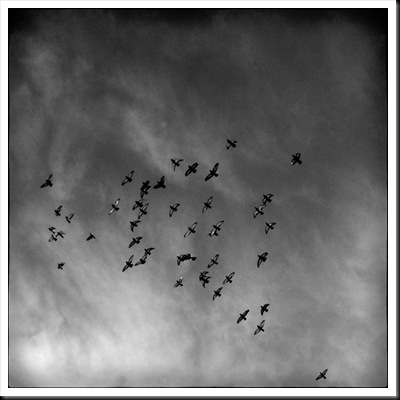

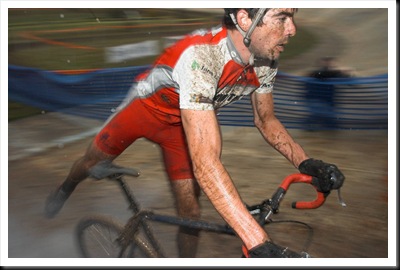

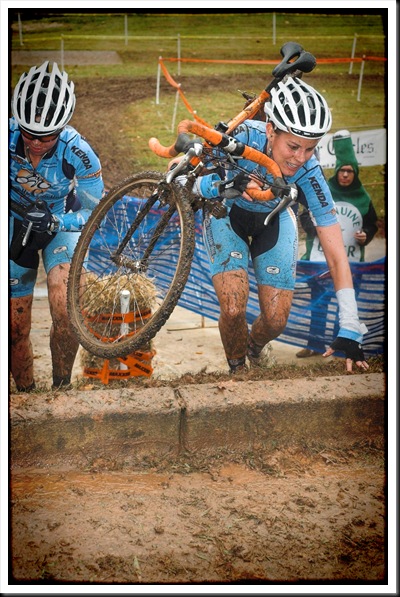
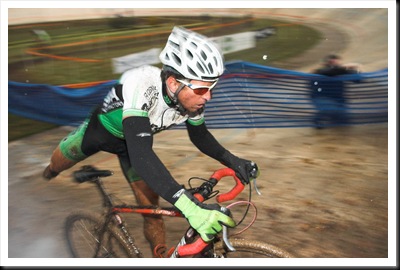
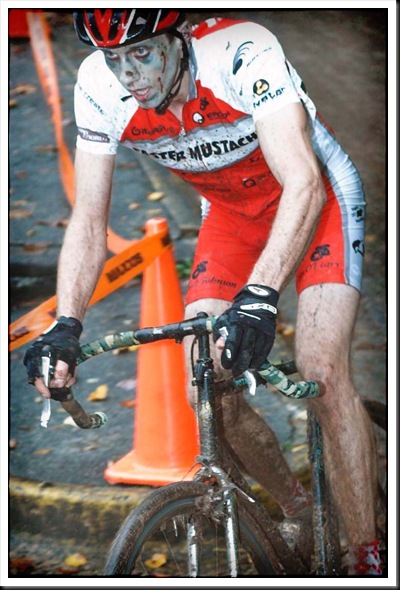

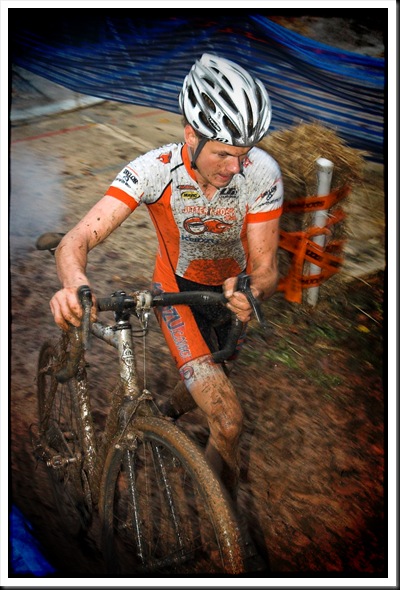
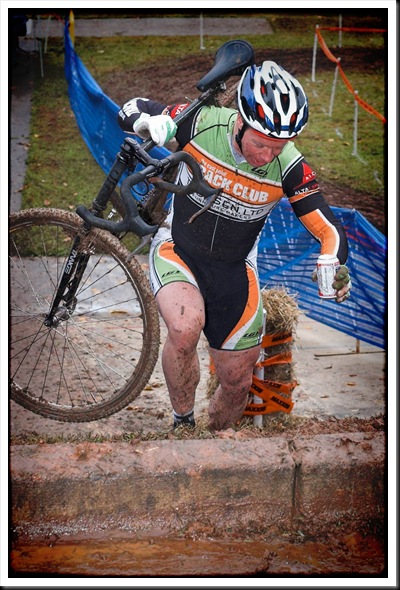
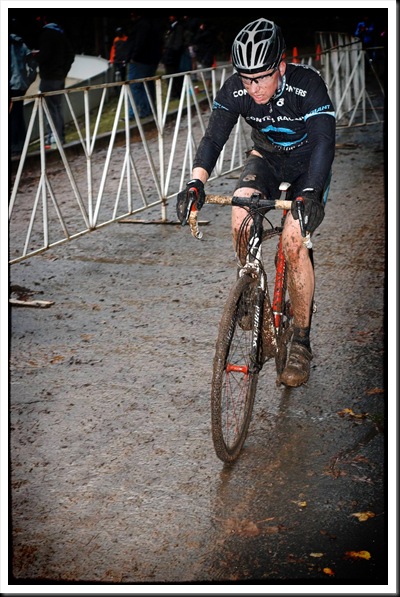
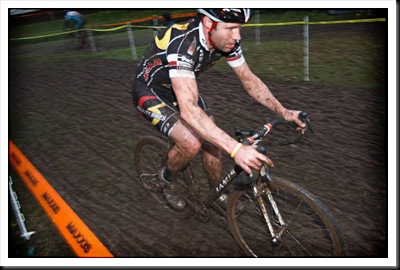
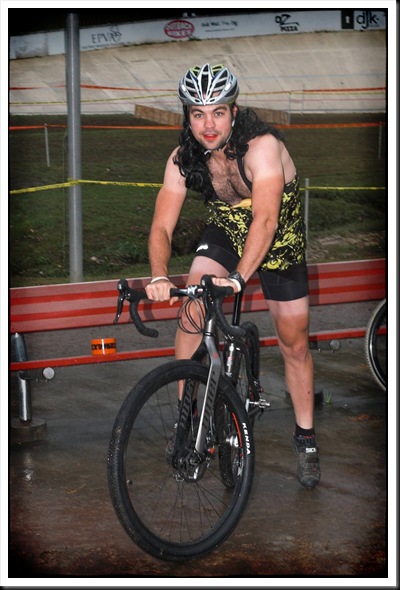
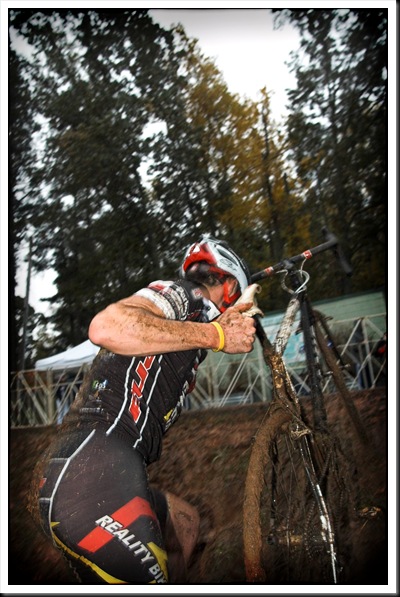
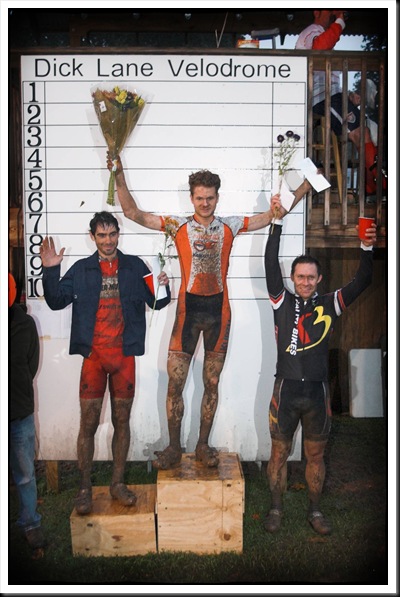













 My
My

